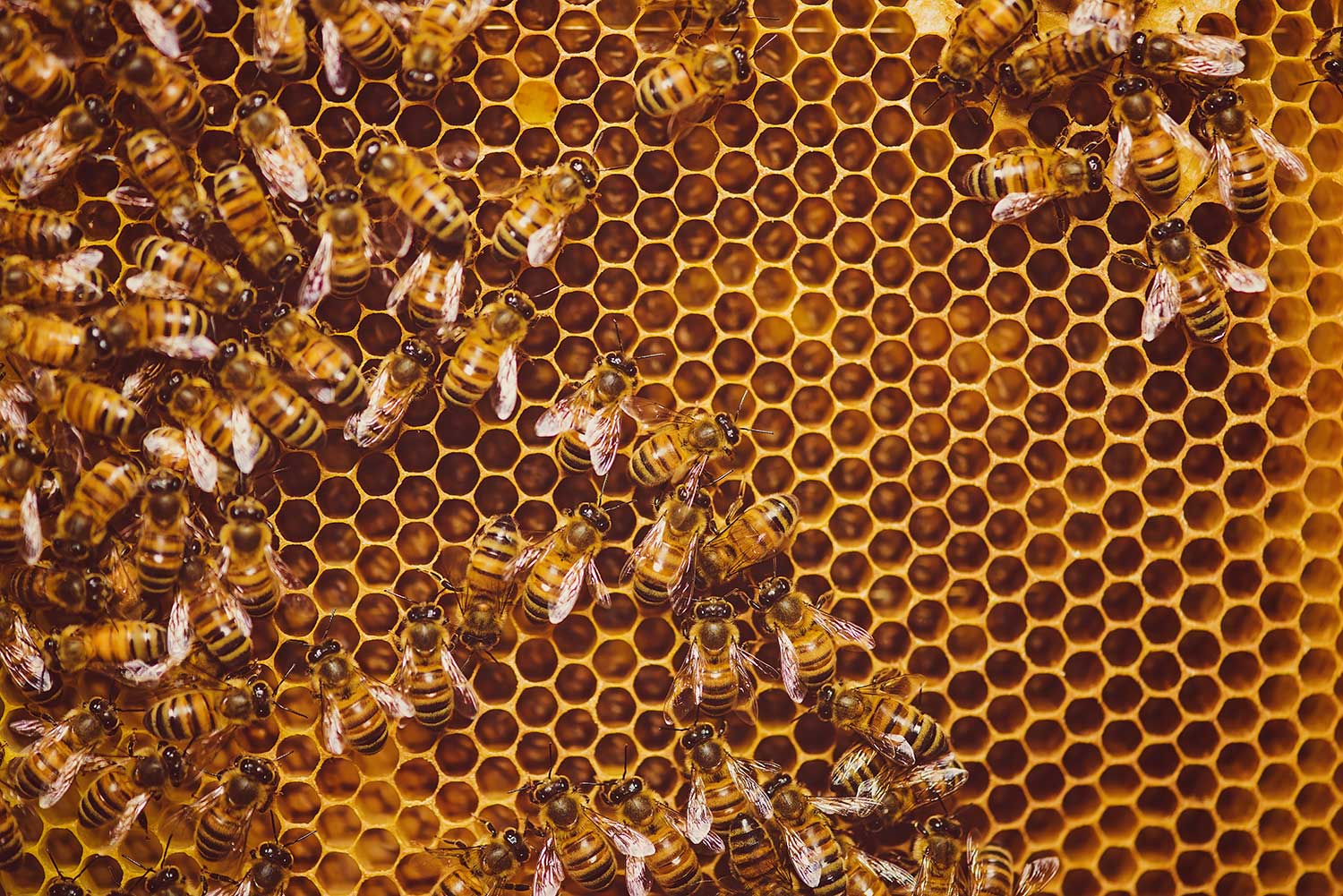
Alternative Risk Transfer (ART) is the use of strategies other than traditional insurance and reinsurance to transfer your risk.
ART can take many forms. Most commonly it will take the form of a company structure used to retain or pool risk on behalf of a single member or multiple members.
What are the common strategies?
Some of the common ART strategies include:
- Self-insured retention plans – where an Insured retains the primary layer of risk and purchases insurance for claims that exceed their excess.
- Loss sensitive insurance plans – where premiums increase based on certain events, such as the payment of claims.
- Captive Insurance (also single parent captive) – where a captive insurance company is established by a parent. Other forms of captives include:
- Group captives – a captive insurance company for the benefit of a group.
- Captive cell companies (also protected cell) – where a party can rent a captive and use the ‘cells’ to segregate risk or rent individual ‘cells’ in a captive that are independent of the owner.
- Self-Insured Groups and Pools – where a group with common risk profiles pool risk spreading self-insurance across the group. One of the most effective forms of risk pooling is a Discretionary Mutual Fund.
What are the benefits and attributes?
Common attributes will include:
- Multi-year, multi-line coverage.
- Coverage tailored to a unique risk or financial objective.
- Retention of risk, although large or catastrophic losses can be transferred to an Excess of Loss insurer or reinsurer.
- Control over underwriting and claims settlements.
- Single aggregate limit across portfolio of risks.
ART can lead to organisational, financial and strategic benefits, including:
- Coverage for traditionally uninsurable or hard-to-place risks.
- Greater control over risk management and claims settlements.
- Retention of underwriting profits, instead of subsidising unrelated loss-making policies.
- Reduced volatility to market swings.
Is ART right for you?
ART is right for organisations seeking to take more control over their risk management, smooth out volatilities in pricing, broaden coverage and gain deeper insights into their losses and risk profile.
It is no longer only accessible to ASX100 and multinational companies. Improvements in company structures, growth in appetite from capital markets and better data capture has reduced establishment cost barriers and improved access for medium-sized companies and groups.
Improved access to ART, combined with a time of emerging risks, new technologies, volatile insurance pricing, has led to a strong surge in interest to blend ART with traditional insurance and reinsurance programs.
Organisations pursuing ART should have:
- An appetite to take ownership of their risk.
- A commitment to improve their loss and safety record.
- Sufficient loss history to understand loss patterns and accurately price risks.
- Support from management to pursue a long-term strategy.
- Single aggregate limit across portfolio of risks.
How we can help
- Discretionary Mutual Funds
- Captive Insurance





